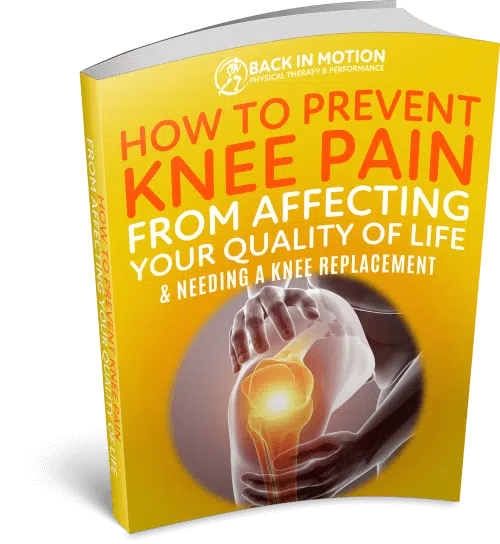Why Athletes Need Plyometric Training
Athletics is one most physically demanding activities out there.
It requires the individual to be agile, fast, and flexible. Such agility and flexibility can be achieved through a variety of exercises, including plyometrics training.
Plyometrics is a key exercise regime for improving the body’s strength and agility.
In this article, we will cover everything there is to know about plyometric training and why athletes should seriously consider adding plyometric exercises into their training routine.
What Is Plyometric Training?
To answer why plyometric exercises are essential for athletes, we need to define what it means. Plyometric training is a form of quick and intense movement involving reactive exercises and eccentric contraction.
This includes activities like jumping, hopping, skipping, and bounding, all done in rapid succession.

An excellent example of a simple plyometric exercise is a skipping rope- it focuses on a repeated motion that is quick and intensive.
Skipping increases the heart rate of the athlete and trains his/her body to perform a particular movement in rapid succession.
Plyometric exercises have been proven to increase speed, stamina, and endurance amongst athletes. It helps improve strength by conditioning the muscles with repeated movements and exercises.
Plyometric training is commonly used across different sporting disciplines, including volleyball, soccer, tennis, and football.
Most physically demanding sports require the individual to be physically fit and moving. With plyometric training, athletes can achieve higher endurance, stamina, and strength, thereby improving their overall sporting ability.
Moreover, plyometrics are fun and then add a different flavor to an athlete’s training routine.
What Are Some Examples Of Plyometric Training?
Plyometric exercises include movements like skipping, jumping, and hopping. Keeping this in mind, some examples of plyometric exercises include ankle hops, skipping, depth jumps, box jumps, and tuck jumps.
- Skipping is a great way to introduce plyometric exercises into your routine. Boxers extensively use it to improve their mobility and speed, along with stamina and metabolism. It is a great overall full-body exercise.
- With box jumps and depth jumps, runners and athletes can target their hamstrings and glutes, making these muscle groups firmer.
- Tuck jumps are great for improving the flexibility, mobility, and overall agility of the athlete. This exercise is a must for athletes training for any sport that requires quick reflexes and movement.
- Holding jumping is an excellent exercise for athletes looking to incorporate plyometric training into their routine. The idea of the exercises is to clear hurdles with minimal ground contact. This means that the athlete is jumping over the hurdles in quick, rapid succession, improving his/her agility, speed, and mobility.
Benefits Of Plyometric Training For Athletes
Plyometric exercises have definite benefits for athletes.
The primary aim of plyometric exercises is to strengthen muscles, which allow athletes to run, jump faster and increase their overall mobility.
These exercises benefit anyone involved in sports that involves a significant amount of running, kicking, and jumping.
Plyometric exercise helps significantly with movement because they rapidly stretch the muscles. The rapid contraction and stretching make the muscles stronger over time, thereby improving quick rapid movements’ performance.
However, it is worth noting that these exercises are intensive, put a lot of pressure on the body, and need to be done carefully.
Plyometric exercises effectively ton the body and burn excess calories effectively in a short amount of time. It is excellent for people who are looking to get healthy and toned. Plyometric exercises can be used by non-athletes as well for general fitness.
It is essential to be aware of your body strength, mobility, and flexibility before performing these exercises because they are pretty intensive. Most plyometric exercises target the entire body and help tone and strengthen different muscle groups simultaneously.
The best way to avoid injury while doing plyometric exercises is to maintain the correct form and alignment of the body. Incorporating a warmup and cool down is essential before starting plyometrics to loosen up the body and avoiding injury.
If you are new to plyometric exercises or suffer from chronic illnesses or pain, you should start slow with plyometric metric exercises. However, if you are a seasoned athlete, you must consider incorporating these exercises in consultation with your trainers and coaches.
The Bottom Line
Plyometric exercises are proven to improve athletic performance and enhance fitness levels. Plyometrics are well known for increasing the agility, speed, and power of an athlete.
The problem….
Most coaches don’t know about plyometric training and it’s crucial benefits.
The answer…
A well-designed, personalized sports performance program.
At Back In Motion Physical Therapy & Performance, we incorporate not only plyometric training into our programs but also strength training, dynamic exercises, and so much more!
However, these exercises require a certain level of physical fitness as they are strength and movement-intensive.
This is why professional athletes often incorporate plyometric exercises into their routines for an added challenge and endurance.









